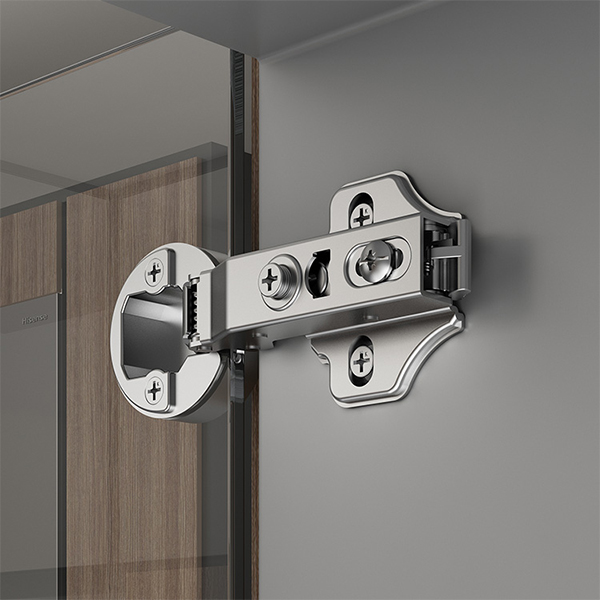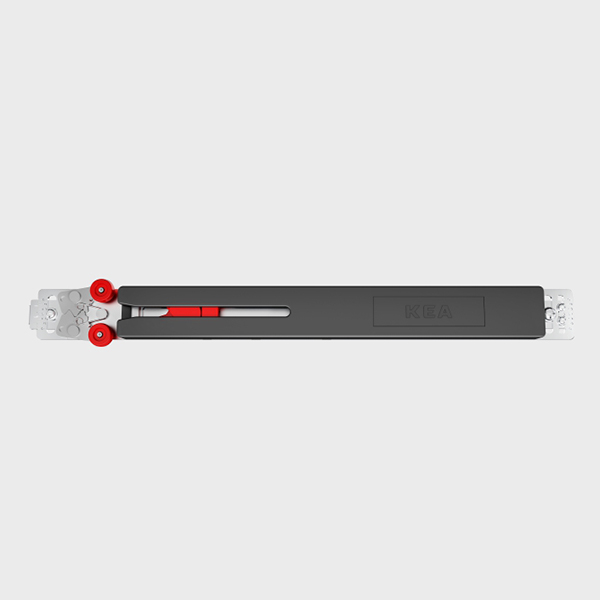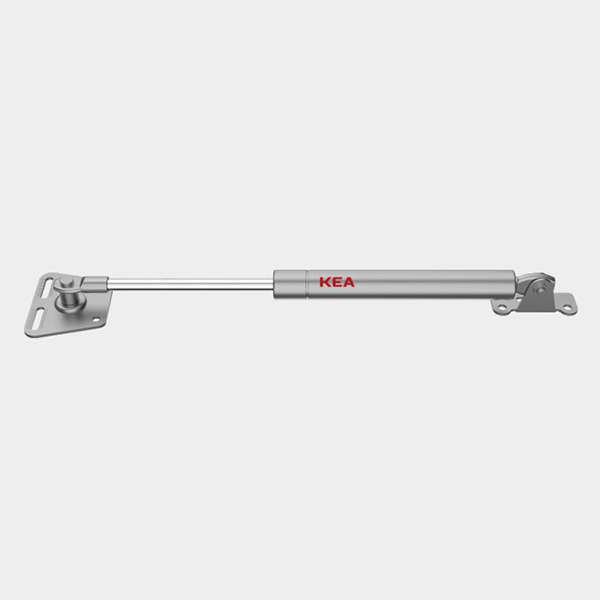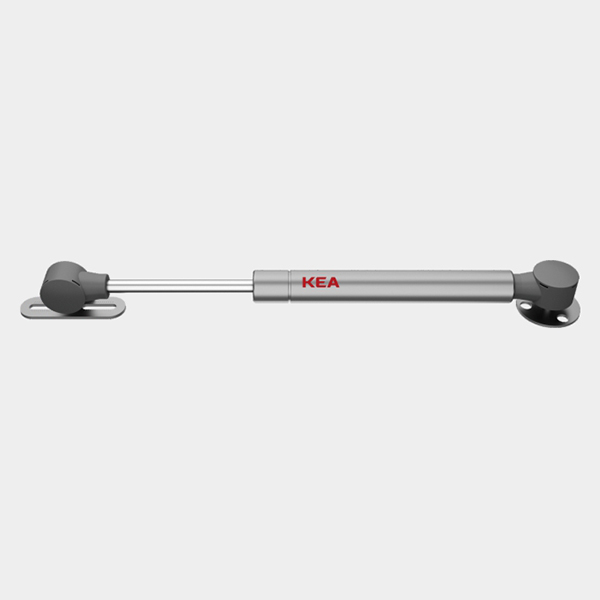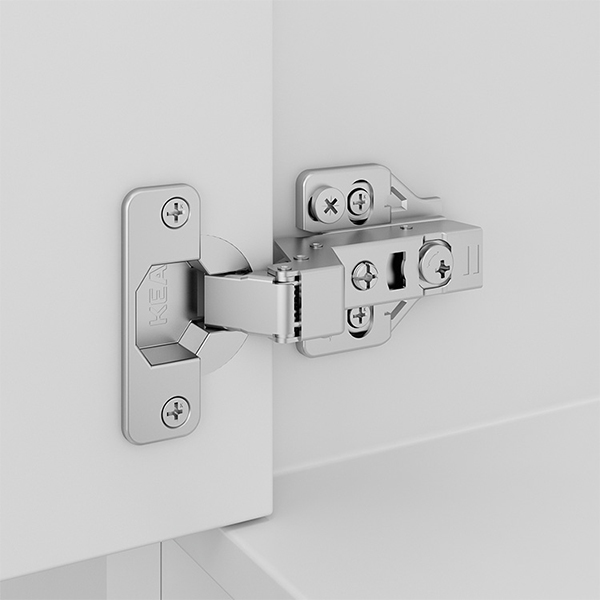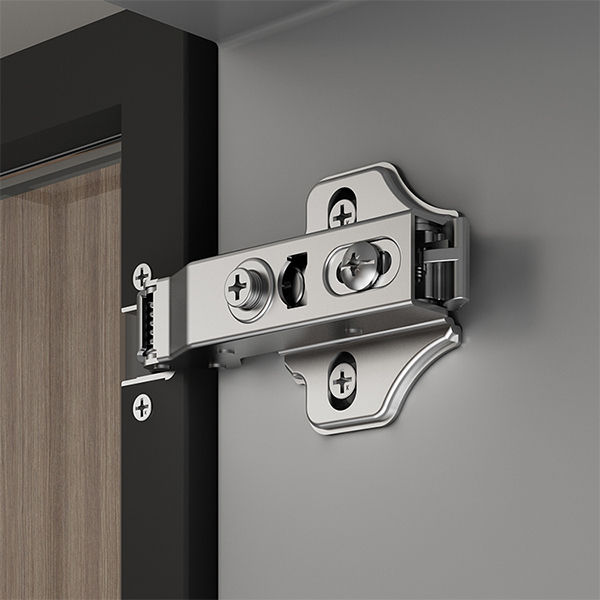Cabinet hinges are often overlooked when designing or renovating a kitchen, but they play a crucial role in the functionality and aesthetics of your cabinets. Special-angle cabinet hinges are a type of hinge designed to address specific needs or challenges in cabinet design, offering innovative solutions for unique angles and configurations. Whether you have corner cabinets or require a specific opening angle, special-angle cabinet hinges can provide the flexibility and functionality you need. This passage explores the benefits and applications of special-angle cabinet hinges, highlighting their innovative solutions for unique cabinet needs.
Understanding Special-Angle Cabinet Hinges
Special-angle cabinet hinges are hinges that are designed to accommodate unique angles or configurations in cabinet design. Unlike standard hinges, which are limited to 90-degree angles, special-angle hinges can be adjusted to open at different angles, allowing for greater flexibility in cabinet layout and functionality. These hinges are typically used in corner cabinets, where standard hinges would not be able to fully open the door due to the cabinet's shape or position.
Benefits of Special-Angle Cabinet Hinges
1. Flexible Opening Angles
Special-angle cabinet hinges can be adjusted to open at a variety of angles, allowing you to customize the door's opening to suit your needs. This is particularly useful in corner cabinets, where space constraints may require the door to open at a non-standard angle.
2. Optimal Use of Space
By allowing the door to open at a wider angle, special-angle hinges can help you make the most of the space inside your cabinets. This is especially beneficial in small kitchens, where every inch of storage space counts.
3. Enhanced Accessibility
Special-angle hinges can improve accessibility to your cabinets by allowing the doors to open fully, providing easier access to the contents inside. This is particularly useful in deep cabinets or those with multiple shelves.
4. Improved Aesthetics
Special-angle hinges can also improve the aesthetics of your cabinets by allowing the doors to sit flush with the surrounding cabinets when closed. This creates a seamless look that enhances the overall appearance of your kitchen.
5. Customized Solutions
Special-angle hinges are available in a variety of configurations and designs, allowing you to choose the hinge that best suits your needs. Whether you need a hinge for a corner cabinet, an inset door, or a specific opening angle, there is a special-angle hinge available to meet your requirements.
Applications of Special-Angle Cabinet Hinges
1. Corner Cabinets
Special-angle hinges are commonly used in corner cabinets, where the cabinet's shape or position makes it difficult to use standard hinges. By allowing the door to open at a wider angle, these hinges make it easier to access the contents of the cabinet.
2. Tall Cabinets
Tall cabinets can benefit from special-angle hinges, which allow the doors to open fully even in tight spaces. This makes it easier to access the contents of the cabinet, especially on higher shelves.
3. Custom Cabinet Designs
Special-angle hinges are ideal for custom cabinet designs that require non-standard hinge configurations. Whether you're working with an angled wall or a unique cabinet layout, special-angle hinges can provide the flexibility you need.
Installation and Considerations
When installing special-angle cabinet hinges, it's essential to follow the manufacturer's instructions carefully to ensure proper operation. Consider the weight and size of your cabinet doors when selecting hinges, as heavier doors may require more robust hinges. Additionally, check the clearance around your cabinets to ensure that the doors can open fully without hitting other cabinets or walls.
Conclusion
In short, special-angle cabinet hinges are innovative solutions that can provide flexibility and functionality in unique cabinet designs. Whether you're working with corner cabinets or tall cabinets, special-angle hinges can help you make the most of your cabinet space while enhancing the overall aesthetics of your kitchen. KEA offers many different types of cabinet hinges, providing diverse solutions for different needs and design preferences.

